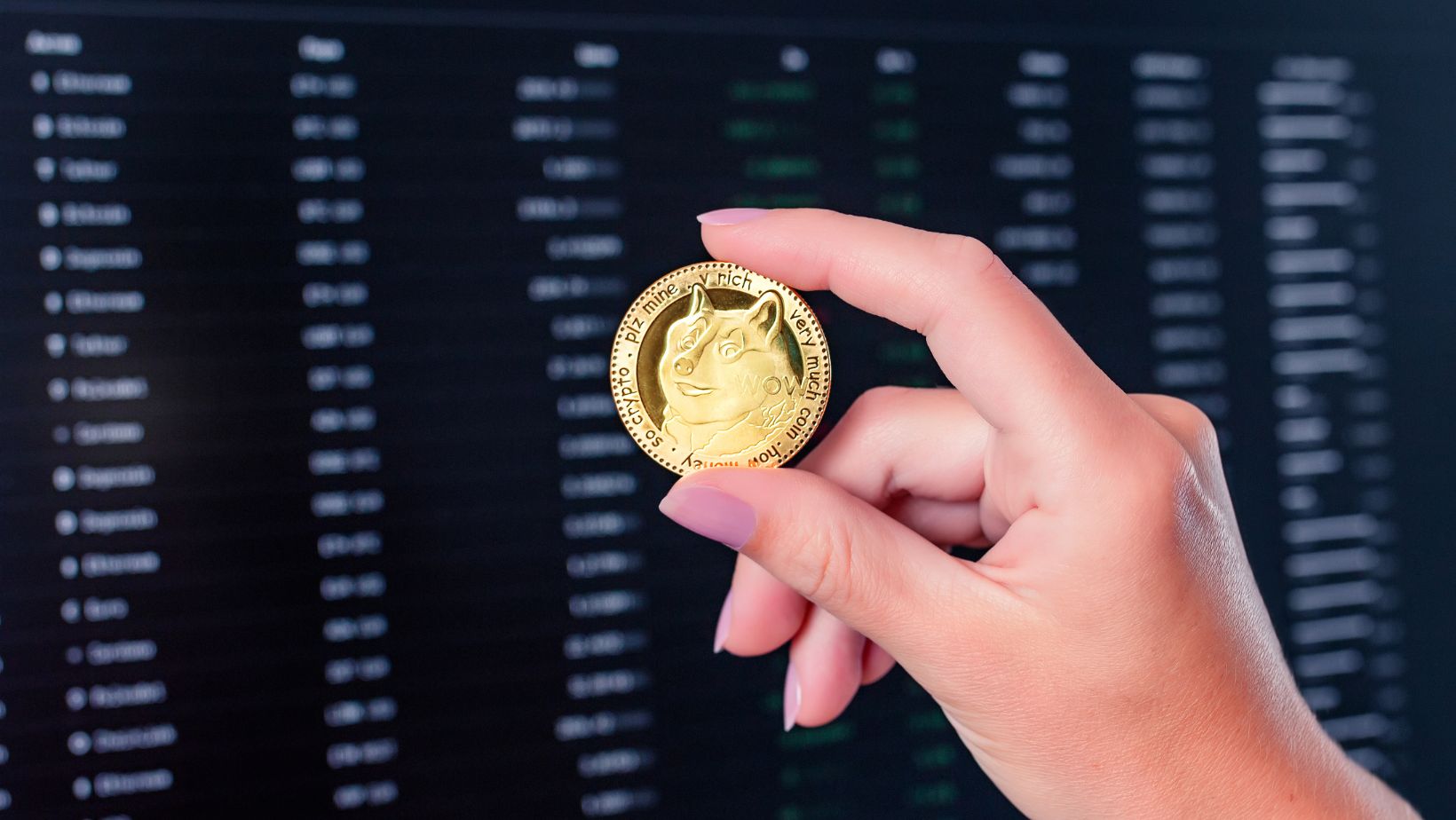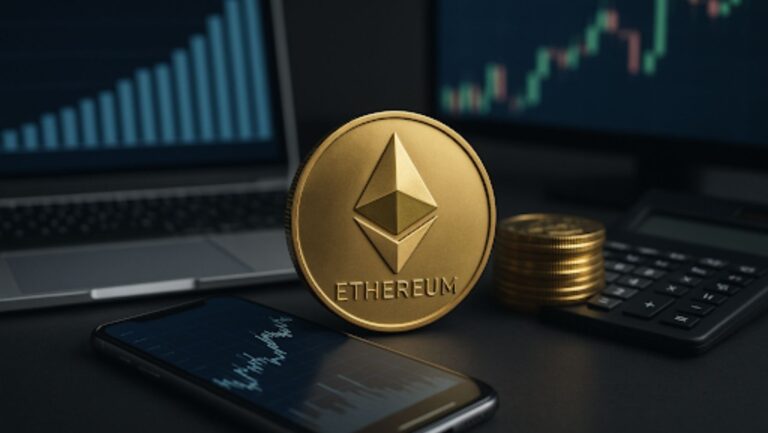Decentralized Autonomous Organizations (DAOs) are revolutionizing how communities collaborate, make decisions, and allocate resources. Unlike traditional organizations, DAOs eliminate central control, enabling a more transparent and democratic system. However, the true backbone of a successful DAO lies in its tokenomics—the economic model that drives participation, ensures financial sustainability, and fosters long-term growth.
A well-designed tokenomics structure is much more than just minting and distributing tokens. It requires careful planning to balance supply and demand, governance, incentives, and token utility. Without a solid strategy, DAOs risk token devaluation, reduced engagement, and eventual stagnation. This guide explores key aspects of DAO tokenomics and how a well-structured approach can set organizations up for success.
Core elements of DAO tokenomics
1. Managing token supply and demand
Striking the right balance between supply and demand is critical for maintaining token value. Too many tokens in circulation can cause inflation, while a restricted supply can create scarcity, driving up prices.
Example: The esports-focused DAO, Proleague, structured its tokenomics to encourage sustainability. It introduced mechanisms such as:
- Participation fees for tournaments
- NFT minting charges to increase demand
- Referee rewards and referral incentives to control supply
By implementing these strategies, Proleague maintained a dynamic ecosystem that encouraged active user engagement.
2. Strategic token distribution
The way tokens are allocated impacts a DAO’s long-term success. Fair and strategic distribution ensures decentralization, security, and user participation.
Common distribution methods include:
- Airdrops to attract new users
- Token sales to raise initial funding
- Staking rewards to incentivize long-term commitment
Example: Mantra DAO, a DeFi platform, prioritized staking rewards to encourage validator participation and maintain network security. Its $1.32 billion market capitalization highlights the importance of well-planned token distribution.
3. Defining token utility
A token’s value is tied directly to its utility. The more useful a token is, the stronger its adoption and market demand. DAO tokens can serve various roles, including:
- Governance voting to allow holders to influence decisions
- Staking rewards to encourage long-term commitment
- Transaction fees to sustain the network
Using DAO, organizations can identify the best utility functions for their tokens, ensuring long-term viability and user engagement.
The role of governance and incentives
1. Fair and transparent governance
A robust governance model ensures that decision-making is decentralized, yet efficient. Effective governance structures include:
- Quorum requirements to prevent low-voter turnout decisions
- Weighted voting based on token holdings or community engagement
- Clear proposal guidelines to streamline decision-making
Allowing token holders to participate in governance fosters a sense of ownership and accountability, strengthening the DAO’s community.
2. Incentive mechanisms to drive engagement
DAOs thrive on active participation. Incentive models help retain and grow the community by offering rewards for engagement, such as:
- Staking bonuses to encourage holding
- Referral programs to drive adoption
- Governance participation rewards to strengthen user involvement
Partnering with DAO development services can help organizations design optimized incentive structures that sustain long-term growth.
Overcoming challenges in DAO tokenomics
Despite the advantages, developing a sustainable tokenomics model comes with obstacles. Some of the most pressing challenges include:
Token concentration
If a small group holds most tokens, they can manipulate governance. Solutions include:
- Implementing vesting schedules to prevent large early dumps
- Setting governance token caps to ensure fair voting
- Using fair launch mechanisms to distribute tokens widely
Regulatory compliance
DAOs operate in a rapidly evolving legal landscape. Compliance with securities laws, AML/KYC regulations, and tax policies is essential to avoid legal risks.
Balancing decentralization and efficiency
While full decentralization promotes fairness, it can slow decision-making. Implementing modular governance structures or delegated voting can balance autonomy with operational efficiency.
Final Thoughts
A successful DAO is built on a strong, well-thought-out tokenomics model. Without clear strategies for supply, distribution, governance, and incentives, DAOs can struggle to maintain engagement and financial sustainability. However, by leveraging expert-designed DAO development services, organizations can create resilient economic structures that encourage participation and long-term success.
As blockchain technology evolves, DAOs with robust tokenomics will continue shaping the future of decentralized governance. The key is smart planning, adaptability, and a community-driven approach—the foundation of any thriving DAO.





